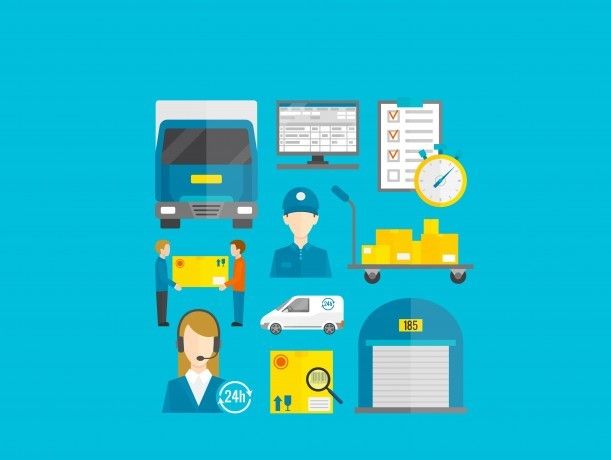L'Oréal Brandstorm 2026
Supply chain and logistics, the driving forces of an organisation -By Naveen Ayyalasomayajula from SIMS Pune

Importance of Supply Chain and Logistics
Supply Chain is a process that involves activities important for the movement of materials from the supplier to the end customer. It is not just a one-time activity but is rather a dynamic process that involves the 'Synchronization of the Activities' which are dependent on each other. If one of the activities in the supply chain gets hampered, it disturbs the whole chain. One cannot talk about Supply Chain without stressing on all the moving parts. By moving parts, I mean transportation, warehousing, procurement, packaging, and inventory, to name a few.
The supply chain is the integration of all the processes. It has a holistic approach to an organization. Now, everyone would be wondering why is supply chain an important part of an organization?
Well, the answer is divided into two parts.
Increase in Customer Service
As an organization, we need to ensure that a product should be delivered at the right time, and make sure you send a product at the location specified by the customer.
Increase the Cash Flow
If we accelerate the delivery of products, you can see the benefits so quickly, which reduces the usage of large fixed assets such as factories, warehouses as well as transportation vehicles throughout the operation.
The flow of material, information, and money is both incoming and outgoing from the supplier to the end customer.
What do you mean by Logistics?
Now, let’s talk about the second driving force of an organization; Logistics. Logistics involves all the activities required for the movement of materials from one point to another point. It is similar to Supply Chain, but here all the activities are independent of each other. It is based on the Transactional approach. The distribution also plays a pivotal role in both Supply Chain and Logistics. Thus, it is a process of activities that includes the movement of materials right from the manufacturer to the customer. It has nothing to do with the supplier.
There is always a myth around all the management students regarding the supply chain strategies of MNCs. All MBA students just study and learn about the supply chain strategy of Britannia, HUL, Amazon and many more. It is a small market. There is also a big market which students are unaware of. It includes commodities like grains, nuts, cocoa, corn, rice, spices, and herbs. People who work in these markets earn extreme profits. The profits are extensively more than what these MNCs earn. The supply chain of this commodity market is very simple.
These two driving forces are not only important in MNCs but also important in every sector-based organizations and market.
This article was submitted as an entry to Become an Author with Dare2Compete.
Login to continue reading
And access exclusive content, personalized recommendations, and career-boosting opportunities.
Don't have an account? Sign up
Blogs you need to hog!

What Innovation Does For Efficiency and Competitiveness in a Corporate Sector?
D2C Admin


Online to Offline Commerce- Everything one needs to know
D2C Admin


How Do You Work Around Branding Guidelines To Be Guidelines And Not Limitations? | Alekhya, Brand Manager- Vivel, ITC | Dove, Unilever
D2C Admin


Data is the new oil! | A talk with BP Biddappa, Executive Director HR, HUL & VP HR, South Asia at Unilever
D2C Admin













Comments
Add comment